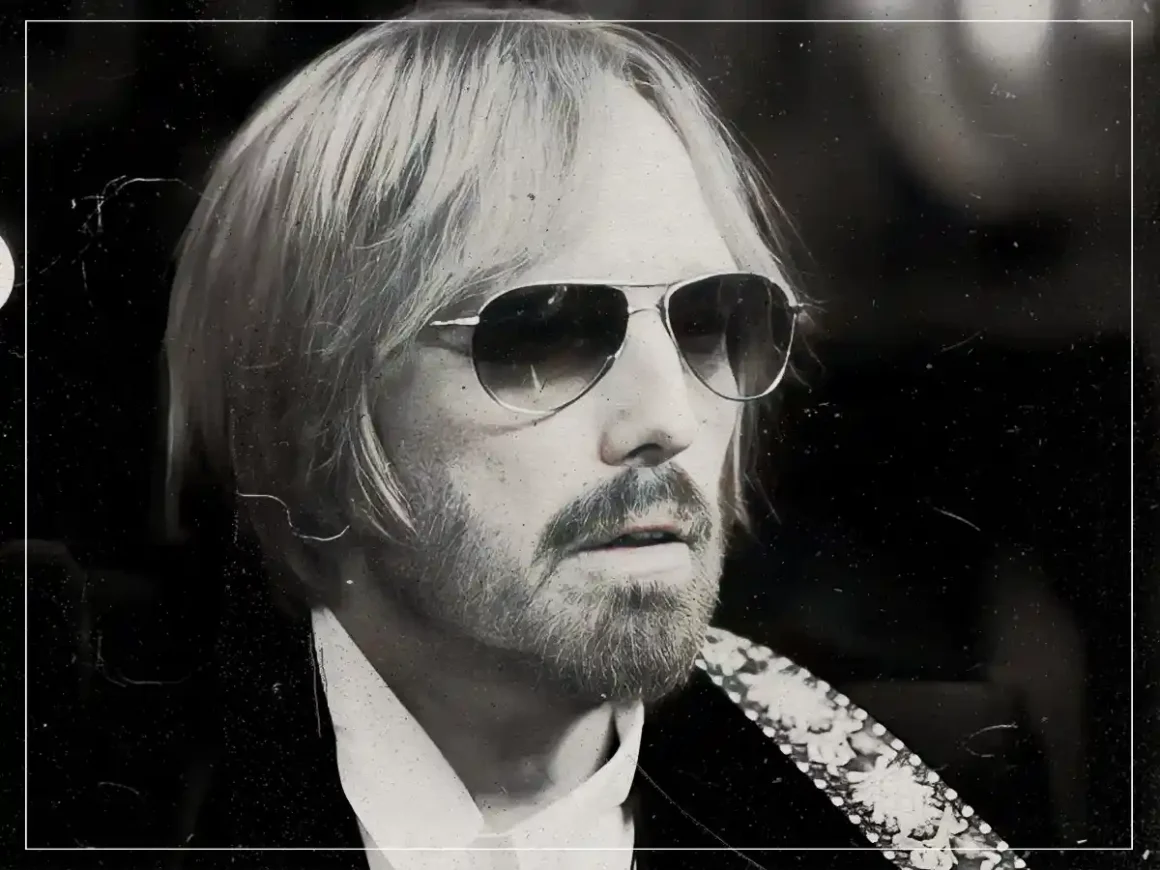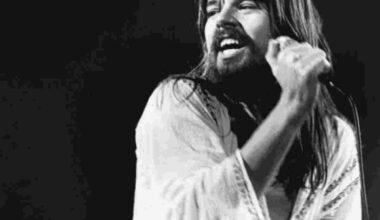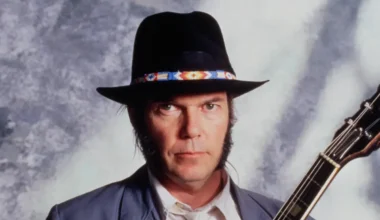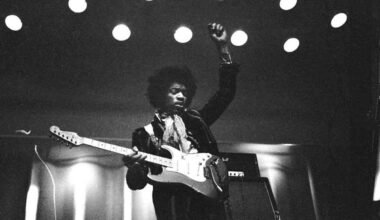Some songs seem to come fully formed, needing no revision. Paul McCartney’s “Yesterday” famously came to him in a dream, and the Beastie Boys claim they wrote “(You Gotta) Fight For Your Right (To Party!)” in just five minutes. Yet, songs that come together effortlessly are rare; Tom Petty understood that hits often require persistence, teamwork, and revision.
Most successful tracks evolve in the studio, shaped through collaboration and refining the initial concept. This process can sometimes take a lackluster idea and turn it into a lasting hit, as was the case with Tom Petty and the Heartbreakers’ “Mary Jane’s Last Dance.” The song is now beloved, but it took a lot of work to get there.
Petty introduced his initial version of the track to his bandmates, but their reaction was far from enthusiastic. “What’s funny is that when Tom wrote this song,” recalled guitarist Mike Campbell in an interview with Vulture, “when he first showed it to me, the chorus was, ‘Hey, Indiana girl, go out and find the world.’”
Campbell confessed, “It was a completely different chorus, and we all hated it.”
Still, he saw potential in the piece and encouraged Petty to keep working on it. Together, they reworked the chorus, refining the lyrics, and Campbell suggested adding a guitar solo towards the end of the track.
Through collaboration, Petty and Campbell reshaped the song into a hit that would soon climb the charts. The final version of “Mary Jane’s Last Dance” featured rich guitars, harmonica, and a reimagined chorus focused on its title character. Petty’s voice resonated over harmonies, singing, “Last dance with Mary Jane, one more time to kill the pain. I feel summer creeping in, and I’m tired of this town again.”
Campbell’s suggested guitar solo brought a dynamic close to the track, contrasting with its mellow verses and adding an extra layer of depth. The reimagined song was a success, and when they released “Mary Jane’s Last Dance” in 1993, it quickly won over audiences, reaching number 14 on U.S. charts and becoming a staple in Petty’s catalog.
The journey of “Mary Jane’s Last Dance” demonstrates that great songs don’t always come fully formed. Petty’s story illustrates how teamwork and persistence can turn a rough concept into a classic. For aspiring songwriters discouraged by initial criticism, Petty’s process serves as a reminder: sometimes, great songs just need a little more time and a second pair of ears.








